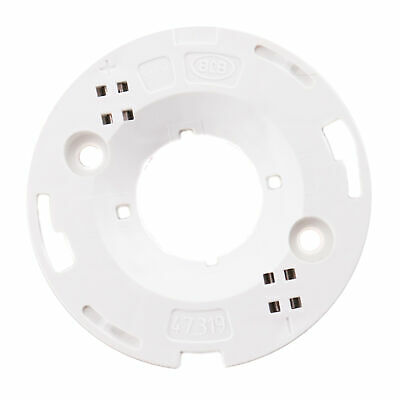-40%
Adafruit NeoPixel Digital RGB LED Weatherproof Strip 60 LED-1m
$ 15.81
- Description
- Size Guide
Description
These 12.5mm wide NeoPixel strips are exactly what you need for your next wearable product. Thestrip has black-colored flex PCB, which will be less visible against black-painted walls. There are 60 RGB LEDs per meter, and you can control each LED individually. You can set the color of each LED's red, green and blue component with 8-bit PWM precision (so 24-bit color per pixel). The LEDs are controlled by shift-registers that are chained up down the strip so you can shorten or lengthen the strip. Only 1 digital output pin are required to send data down. The PWM is built into each LED-chip so once you set the color you can stop talking to the strip and it will continue to PWM all the LEDs for you.
The strip is made of flexible PCB material, and comes with a weatherproof sheathing. You can cut this stuff pretty easily with wire cutters, there are cut-lines every 0.65"/1.7cm (1 LED each). Solder to the 0.1" copper pads and you're good to go.
You must use a 5V DC power supply to power these strips, do not use higher than 6V or you can destroy the entire strip
.
Some points to consider about this product.
First up, the higher density means much higher power usage over a certain distance - 18 Watts max (~3.5 Amps @ 5V) per meter instead of 9.6 Watts max (~2 Amps @ 5V). The max rating is assuming all the LEDs are on full white, usually the actual current for colorful design is about 1/3 to 1/2 the max current. A good power supply such as our 5V 10A supply is key!
Second, to get high density, the controller chip is inside the LED, which is kind of cool, but also means that the chip only uses a single pin for input and a single pin for output. The protocol used is very very timing-specific and can only be controlled by microcontrollers with highly repeatable 100nS timing precision.
Third, just because you have all those pixels doesn't mean you have the RAM for it - the entire strip must be buffered in memory, and we've found many Arduino UNO projects only have about 1500 bytes of RAM available after all the extras are included - enough for about 500 LED pixels. If you want to drive the entire strip and have some other libraries included, use a Mega.









